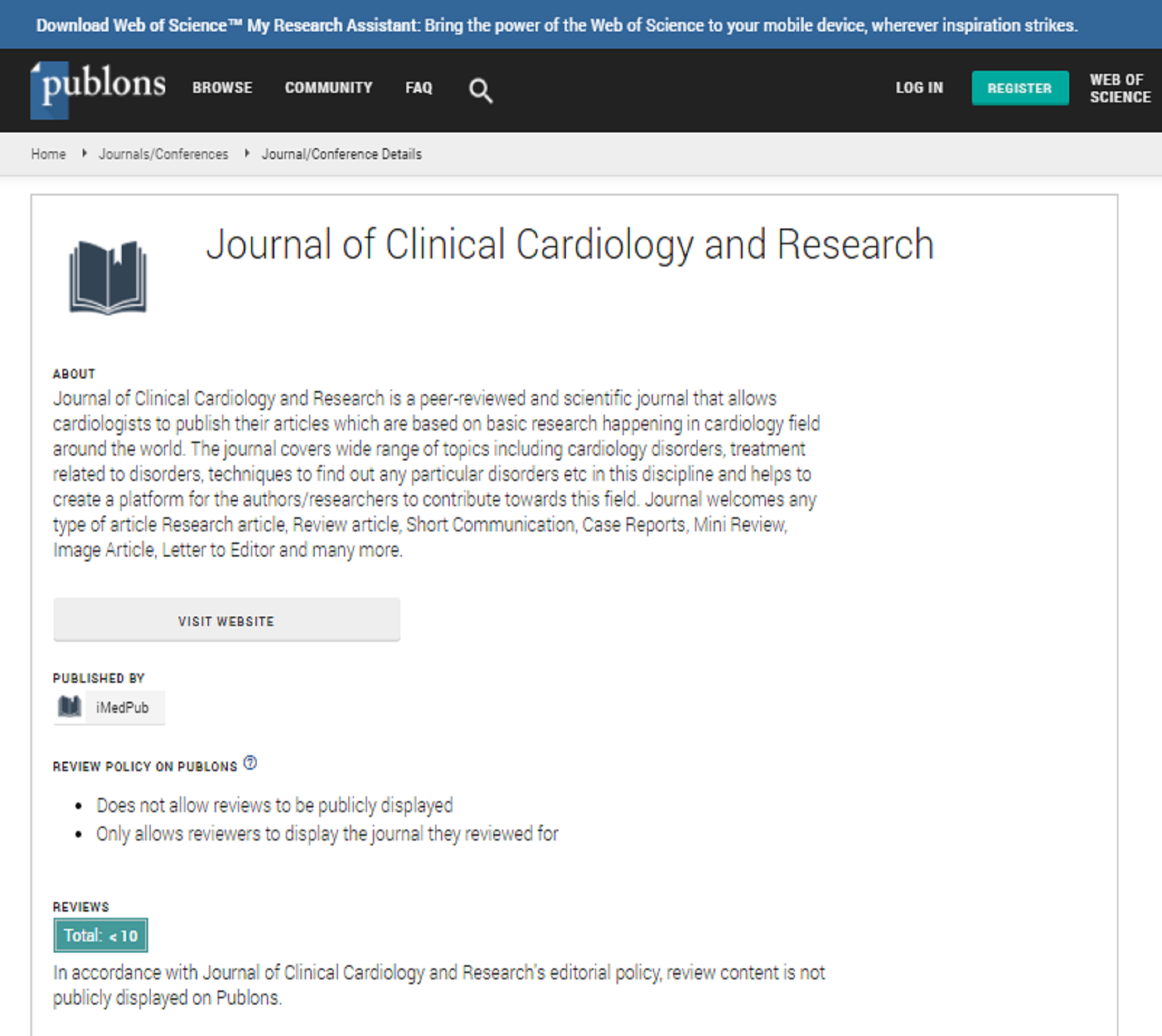Abstract
The therapeutic effect of needle embedded in PC6 (Neiguan) on myocardial ischemia in the porcine model
Objective:
To investigate the effect of needle embedded in PC6 (Neiguan) on ECG changes of myocardial ischemia in pigs.
Methods:
11 Chinese miniature pigs were randomly divided into PC6 (Neiguan) group (n=6) and ST36 (Zusanli) group (n=5). The Surgery were implanted for all pigs with the protein shrink narrow ring (Ameroid Ring) in the proximal part of the left coronary Anterior descending branch for 4 weeks to make the chronic myocardial ischemia pig model, respectively, then needles were embedded in PC6 or ST36 for 2 weeks. The ECG was conducted before and after 4 weeks of operation, then 2 weeks after needle imbedded.
Results:
The Q voltage was lower in the needle embedded in Neiguan group than in Zusanli group after 2 weeks (P<0.05), and ST-T Time the PC6 group was prolonged than ST36 after electro acupuncture (P<0.05); in ST36 group Q voltage decreased significantly After modeling, needle embedded or after electro acupuncture when compared with the previous operation (normal status) (P<0.01), Q voltage in PC6 group was decreased after the modeling (P<0.05), For PC6 group after acupuncture needle embedded the Q voltage was no significant difference before and after treatment; the heart rate in ST36 group showed no difference with that before; however, the PC6 group rate decreased when post-electro acupuncture, or needle embedded comparing to that before modeling (P<0.05, P<0.01). The heart rate of PC6 group decreased when post electro acupuncture than post- needle-embedding (P<0.05); the length Of ST-T there was no significant difference in ST36 group before and after treatment, but was extended from the electro acupuncture To post- needle embedding in PC6 group (P<0.05). After the anterior descending branch of the pig was narrowed, the myocardial Damage was caused, and the electrocardiogram was typical ischemic change, so the pathological Q wave appeared, and it means the Model was successful created.
Conclusion:
Acupuncture at "Neiguan" plays the role of prolonging ST-T segment, slowing the heart rate, reducing myocardial oxygen consumption, then improving myocardial blood supply, thereby reducing myocardial injury. It can be used to treat the myocardial ischemia.
Biography:
Peijing Rong is a Professor and an Academic Leader of Acupuncture in China Academy of Chinese Medical Sciences (CACMS). She received her Bachelor’s, Master’s and PhD degrees from Beijing University of Chinese Medicine and Hong Kong Baptist University before she finished two-year Post-doctoral visiting study at faculty of Neurosciences in Los Angeles Biomedical Research Institute at Harbor-UCLA Medical Center. Her research interests are involved in mechanisms underlying acupuncture. She has made series studies on pain physiology and acupuncture analgesia, also conducted translational medicine study, and proposed treating on chronic pain. Currently, she is the Associate Director of the Committee of Auricular Acupuncture and the secretary general of the Academic Committee of China Association of Acupuncture and Moxibustion (CAAM) and has also served as editor/guest editor in about 10 peer reviewed journals in professional science. He has more than one hundred publications in recent 5 years.
Author(s): Peijing Rong, Jiliang Fang , Jiudong Cao
Abstract | PDF
Share This Article
Google Scholar citation report
Journal of Clinical Cardiology and Research peer review process verified at publons
Abstracted/Indexed in
- Google Scholar
- Publons
Open Access Journals
- Aquaculture & Veterinary Science
- Chemistry & Chemical Sciences
- Clinical Sciences
- Engineering
- General Science
- Genetics & Molecular Biology
- Health Care & Nursing
- Immunology & Microbiology
- Materials Science
- Mathematics & Physics
- Medical Sciences
- Neurology & Psychiatry
- Oncology & Cancer Science
- Pharmaceutical Sciences

